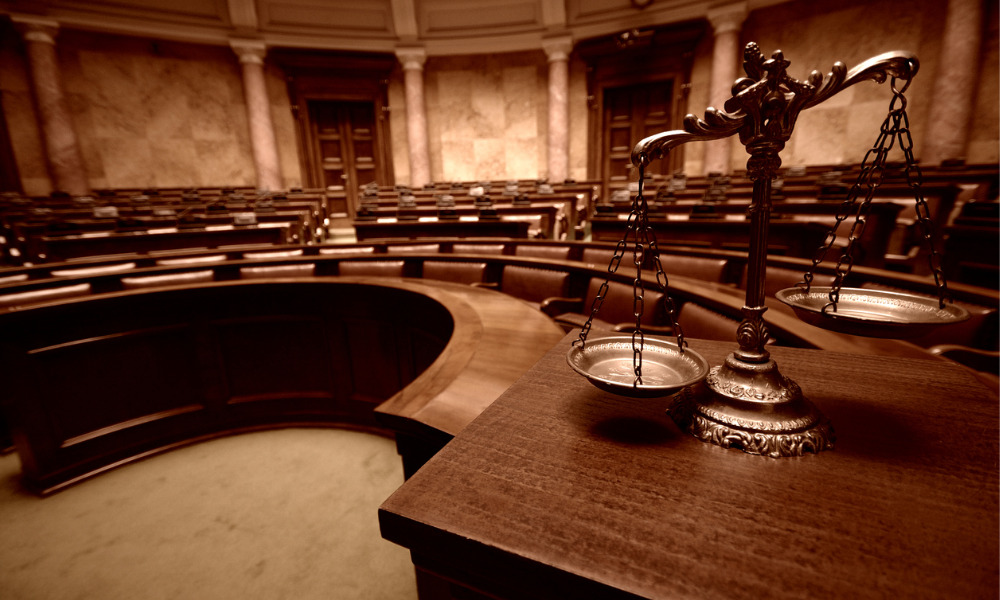Strategic Guide for Employers
Even in high-functioning organisations with robust compliance frameworks, workplace accidents can—and do—occur. From slips and falls to machinery-related injuries, these incidents demand a swift, structured, and legally sound response.
For directors, HR leads, and in-house counsel alike, the challenge is not just reactive. It lies in embedding a framework that protects employees, aligns with regulatory expectations, and safeguards both brand equity and operational resilience.
Understand Your Statutory Duty of Care
Employers are bound by the Health and Safety at Work etc. Act 1974 to ensure the health, safety, and welfare of their employees. This encompasses proactive measures: regular risk assessments, adequate training, and the maintenance of a safe working environment.
Should an accident occur, an inability to demonstrate that reasonable steps were taken to prevent harm may expose the organisation to both civil claims and regulatory scrutiny.
Respond Decisively and Maintain Accurate Records
Immediate triage is critical. Ensure medical attention is provided, secure the scene for investigation, and begin formal documentation. Accurate, contemporaneous records are vital—not only for internal audits but also as potential evidence under RIDDOR and in any litigation or insurance proceedings.
Delayed or inconsistent reporting can materially weaken a defence and exacerbate liability exposure.
Handle Claims Professionally and Impartially
When employees file accident at work claims, your response sets the tone. Avoid dismissiveness or assumptions of fault. A transparent and well-documented claims process, with clear escalation protocols, protects both the claimant’s rights and the employer’s interests.
Liaise with insurers promptly, but maintain an active role in the process. Communication should be empathetic but legally measured—balancing duty of care with reputational protection.
Enable Safe Return to Work
Where injury leads to long-term effects, the Equality Act 2010 may oblige you to make reasonable workplace adjustments. These might include altered duties, working hours, or ergonomic accommodations. Such measures are not merely legal requirements—they signal cultural maturity and reduce the likelihood of further disputes or tribunal escalation.
Turn Incidents Into Risk Intelligence
Each incident should trigger a formal review of working practices. Beyond compliance, this is an opportunity to identify systemic weaknesses—whether procedural, environmental, or behavioural—and refine operational resilience.
Update risk assessments, retrain staff where necessary, and document changes made in response. Regulators and stakeholders alike value demonstrable learning cycles.
Know When to Escalate to Legal Counsel
Where the financial, reputational, or regulatory stakes are material, engage external legal advisors. Early-stage consultation can reduce exposure, particularly where the facts are contested or the claim may evolve into formal litigation.
Strategic Claims Management Starts at the Top
Handling accident at work claims isn’t just an HR function—it’s a boardroom issue. It speaks directly to your governance culture, your approach to stakeholder care, and your resilience under scrutiny.
By embedding clear protocols, maintaining evidentiary rigour, and acting with transparency, employers can not only limit liability but reinforce trust, inside and out.






